Great treestand locations to cross paths with a big, mature buck
Perfect deer habitat has three requirements: Food. Water. And cover. It's that simple, yet we all know how difficult it can be to consistently get close to and kill deer, especially mature bucks. Oftentimes, it's because hunters pay too much attention to the first two requirements, and not enough to the third ‚ cover.
Deer need secure bedding cover. Find it, and you're in the money. You just have to get close enough to bedding areas to catch them on their feet in daylight for a shot. Here are some places to remember.
(Editor's Note: This gallery is updated since it was last posted in February, 2019.)
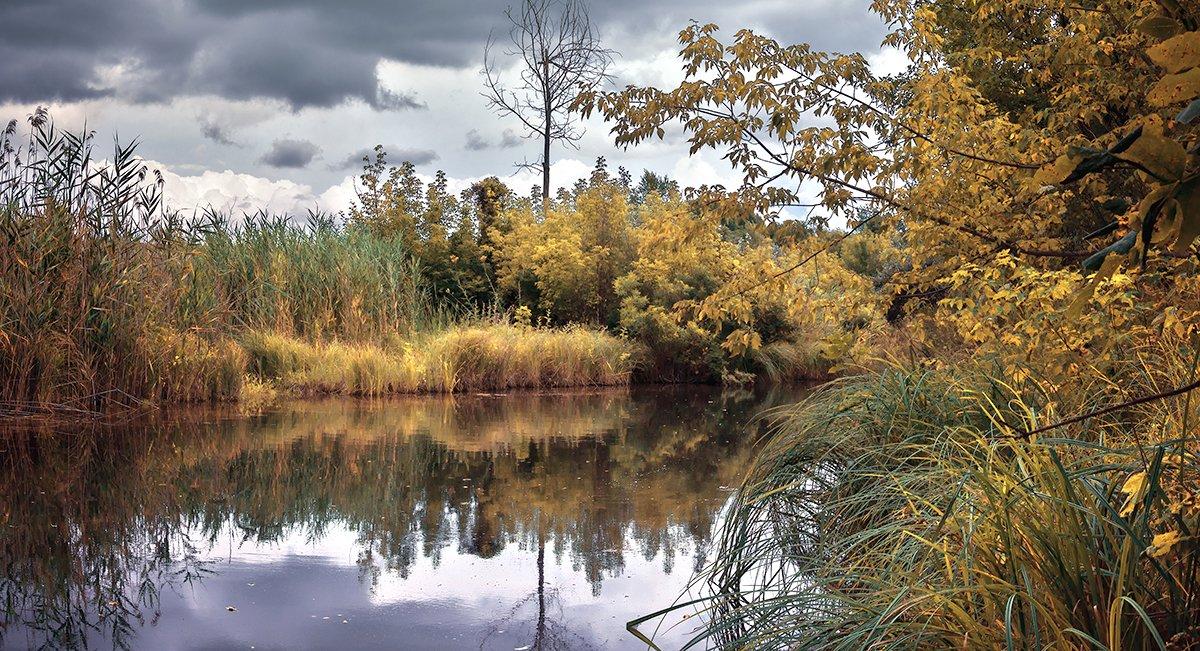
Bucks love seclusion. And they love cattails. They find both around the edges of marshes. They love to bed down in areas where marshes meet hardwoods and other forms of standing timber. These areas often receive less hunting pressure and aren't frequented as much by the rest of the deer herd.
To capitalize on this location, during the off-season, scout for any dry spots out in the marsh that are within 80 to 100 yards of the edge. It's not easy to find them, but if water levels are low enough, you may see rubs leading to them. If none are visible, walk the edges of the marsh until you cut tracks or see a trail that leads into / out of the marsh. Then follow it.
Terrain Tip: Use Google Earth and hydro maps to locate lowland areas that could be marshy. Once you find them, move in to inspect.
Don't Miss: 5 Overlooked Public Land Deer Hunting Hotspots
Image by Shutterstock / K. Hymych
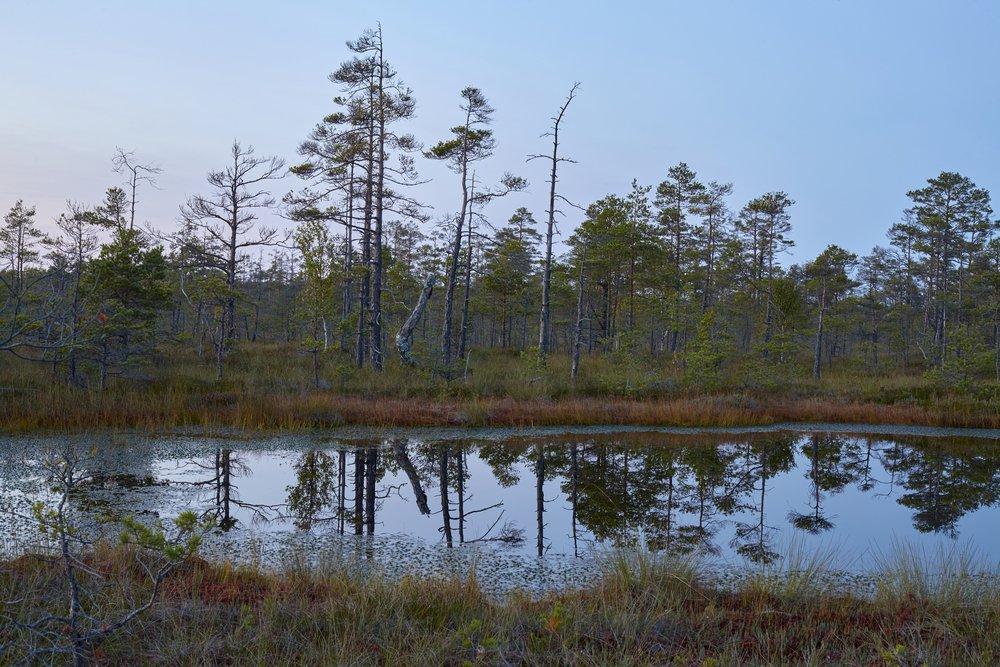
Similar to marshes, older bucks love to bed down deep in the swamps. The more pressured the area, the deeper they'll go. That said, they won't bed down in water. Just as with marshes, the key is to locate dry land within these swamps. Find that and you'll likely find a rub-infested area where a big deer ‚ or two depending on the size of the area ‚ spends daylight hours.
It's hard to kill a deer like this. And it's almost impossible to do so in the afternoon. I've tried, and unless conditions are just perfect, wading through water and getting close enough to the bed without being detected can be extremely tricky. The best way I've found to get after such a buck? Slip back in there three or four hours before daylight, get set up with several hours of darkness left to go, and wait for the deer to come back to bed. It might lay down before legal light starts. But no worries, it'll rise from its bed and move around at some point. Be ready when it does.
Terrain Tip: Use topo maps to determine where those dry spots might be. It's easier than wading through miles of brown, murky swamp stew.
Don't Miss: The New Hunter's Guide to Buying Your First Deer Rifle
Image by Shutterstock / Splingis
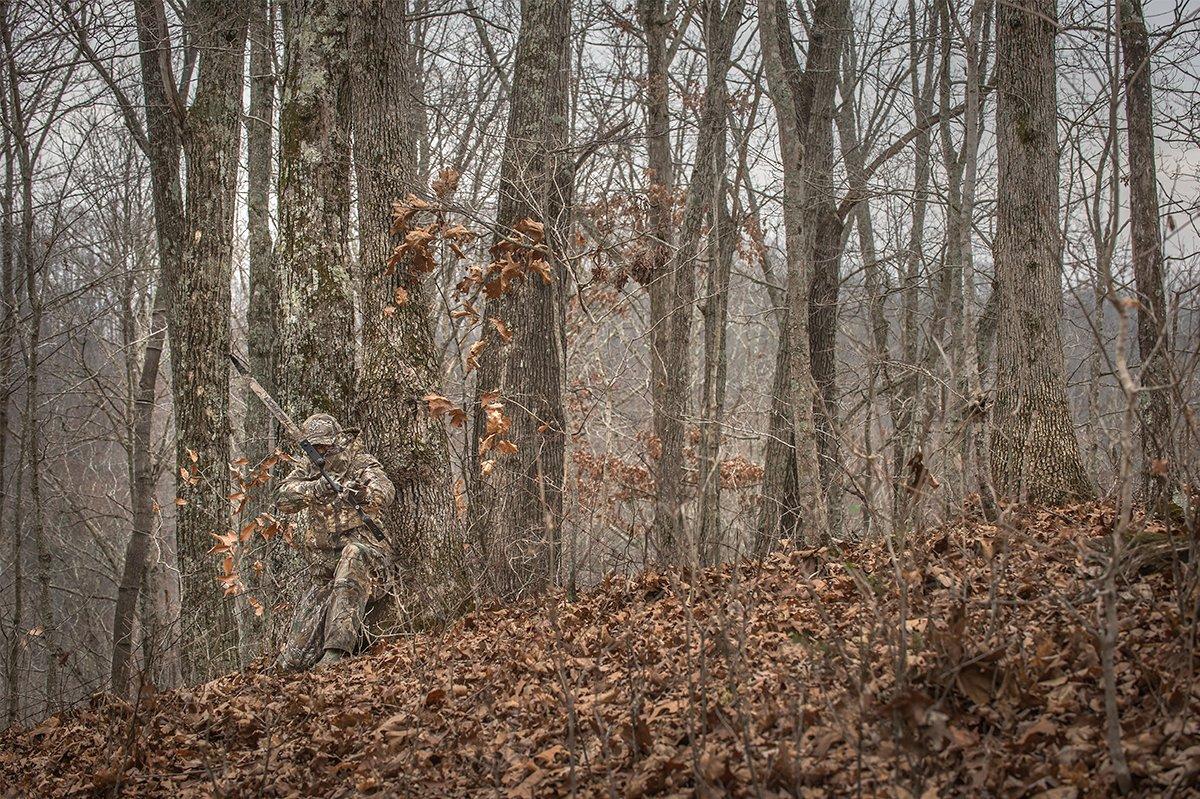
Some bucks love to bed on ridge points. They offer a great advantage to the deer that reside there. They're able to bed down, watch the ridge with their eyes and allow the thermals to bring word of any threats straight up to their nose. It's genius, really. And that's why a lot of bucks that choose to bed in such locations die from old age rather than broadheads and bullets.
I use the same tactic for this buck as a swamp buck. It's almost impossible to kill this deer in the afternoon unless he moves a long distance during daylight. Your best hope is to get up to the ridge point well before daylight and wait.
Terrain Tip: Again, use topo maps to help dial in on ridge points in vast areas of rolling hills. To further drill down, start by scouting the ones that give whitetails the best wind advantage. That's likely where the big boys will be.
Buy Alert: 23" EZ Hanger + Arrow Puller Combination 2 Pack
Image by Bill Konway
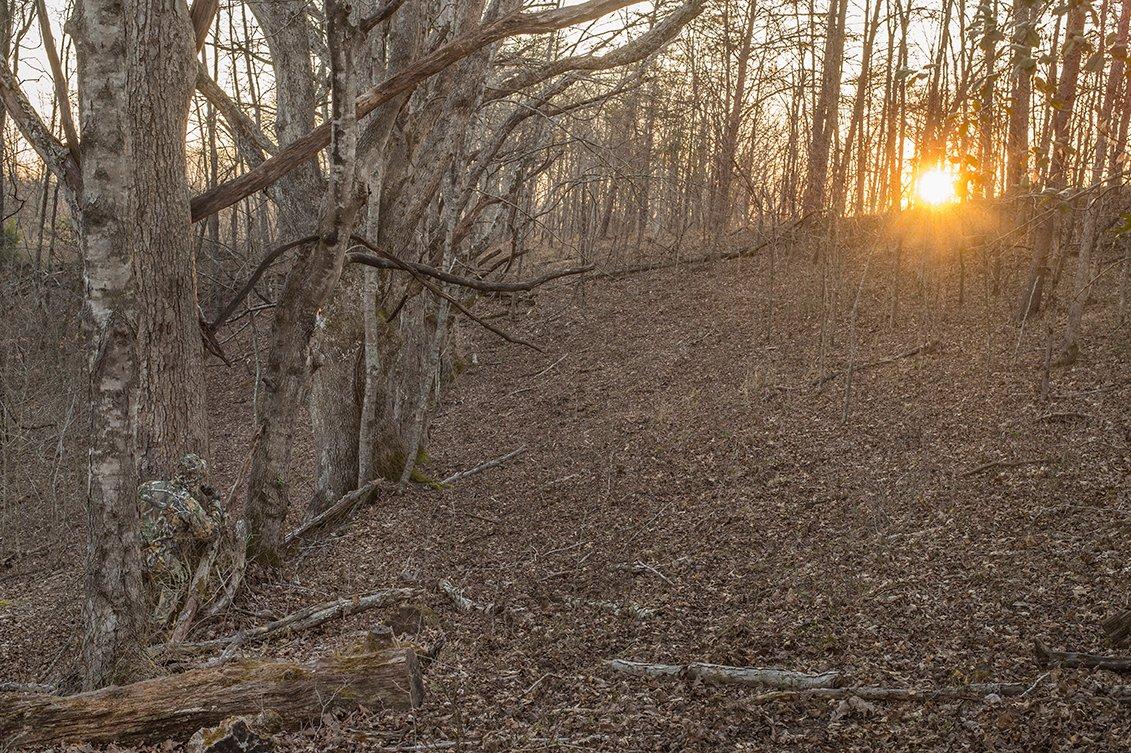
Bucks also like to bed down on mid-range benches located on the downwind sides of slopes. These areas offer a special wind advantage. Oftentimes, thermals carry scent up from the valley and normal wind currents carry scent over the top from above. As both currents meet, it causes a tornado effect and creates a wind tunnel that keeps turning over on itself. This reaction will be located just down from the top of the ridge, often a quarter or a third of the way down from the top. Smart bucks bed in these locations because they can generally detect danger long before it reaches them.
It's hard to get around this. So, never get directly above or below a bedding area. Try to stay left or right of it so your scent isn't as likely to travel through it. Once level with the bedding area, then you can work into position with less fear of bumping deer.
Terrain Tip: Scout ridges during the off-season. Find old logging roads, shelves, benches, and other flat spots just below ridgelines where deer will likely bed.
Don't Miss: How Mature Bucks Use the Wind
Image by Bill Konway
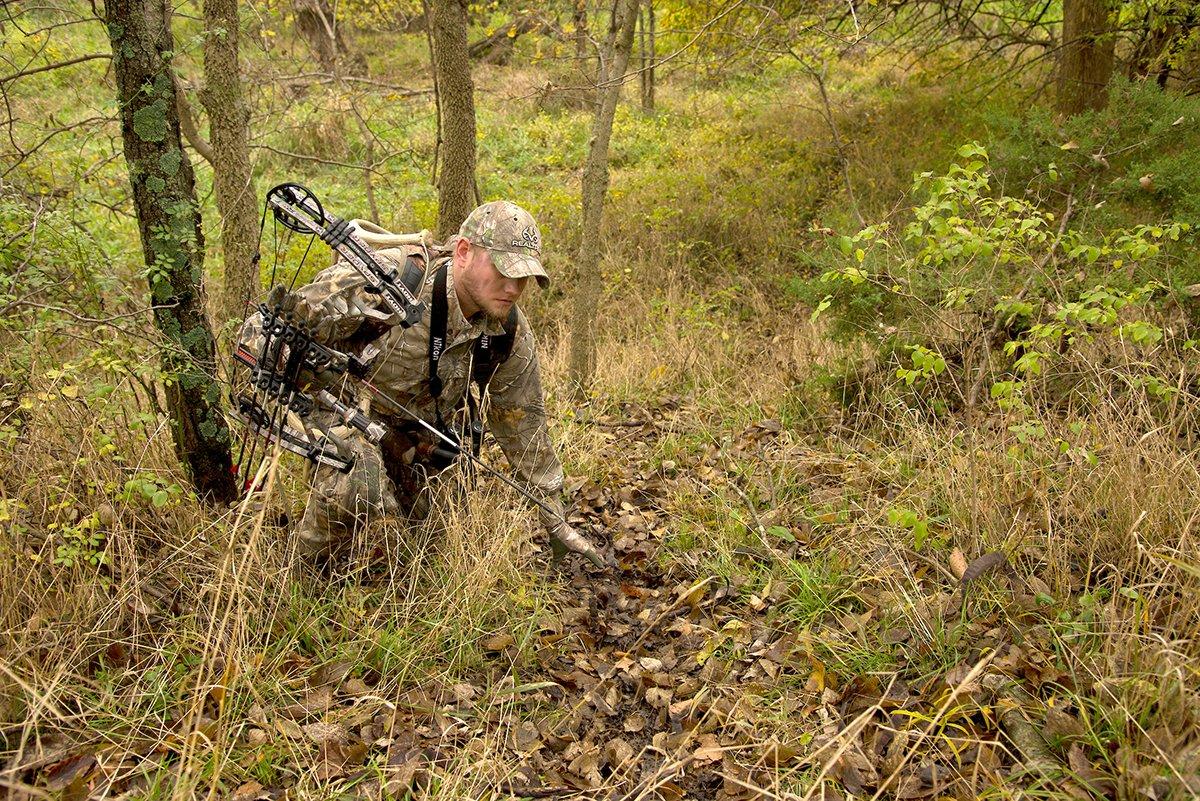
I don't find big deer bedding in these areas as often as on ridge sides and points. Still, deer will sometimes use low-lying bottom land that offers quality bedding cover. That can come in the form of tall grasses (like CRP and CREP fields), young oaks, cedars, etc.
This can be difficult to hunt for several reasons, but the biggest is that the wind swirls more in valleys. Also, leaves and other forest duff naturally gravitate to the lowest point. These low areas are fairly noisy to walk through.
Terrain Tip: The wind direction has to be steady and at least 10 mph to hunt these lower spots. If it isn't constant or stiff enough, it will likely swirl. The wind can even be bad when you think it's good, too. Use milkweed to see what the wind is really doing. Your scent may blow in the exact direction you want for 50 yards or so, only to make a turn and do something completely different beyond that. Powder will rarely show you that. Milkweed will every time.
Don't Miss: 5 Best Stand Setups for Pre-Rut Bowhunting
Image by Realtree
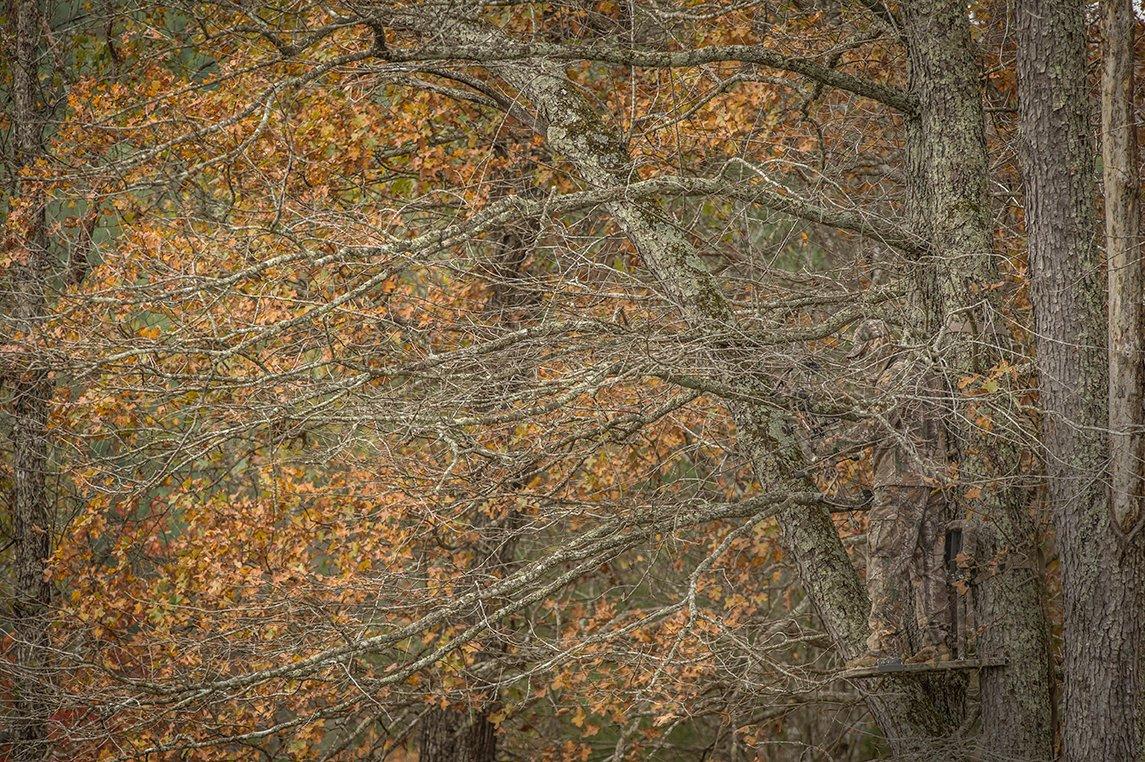
There are a lot of big woods and big-woods deer hunters throughout the country. So those folks know just how hard it can be to target a buck in that labyrinth of standing timber. As we southerners say, It ain't easy.
There is no silver bullet for hunting big timber. You just have to work hard during the offseason to find where those bedding areas are. Use tracks, trails, and old rut sign to help locate them. Don't be afraid to walk and look. Chances are deer will use the good looking areas you find again the following season.
Terrain Tip: Food and water are still key. Start your search with those two components in mind. You still may find the best bedding areas a half mile or more away, but it's the best place to start.
Buy Alert: 34" EZ Hanger + Arrow Combination
Image by Bill Konway
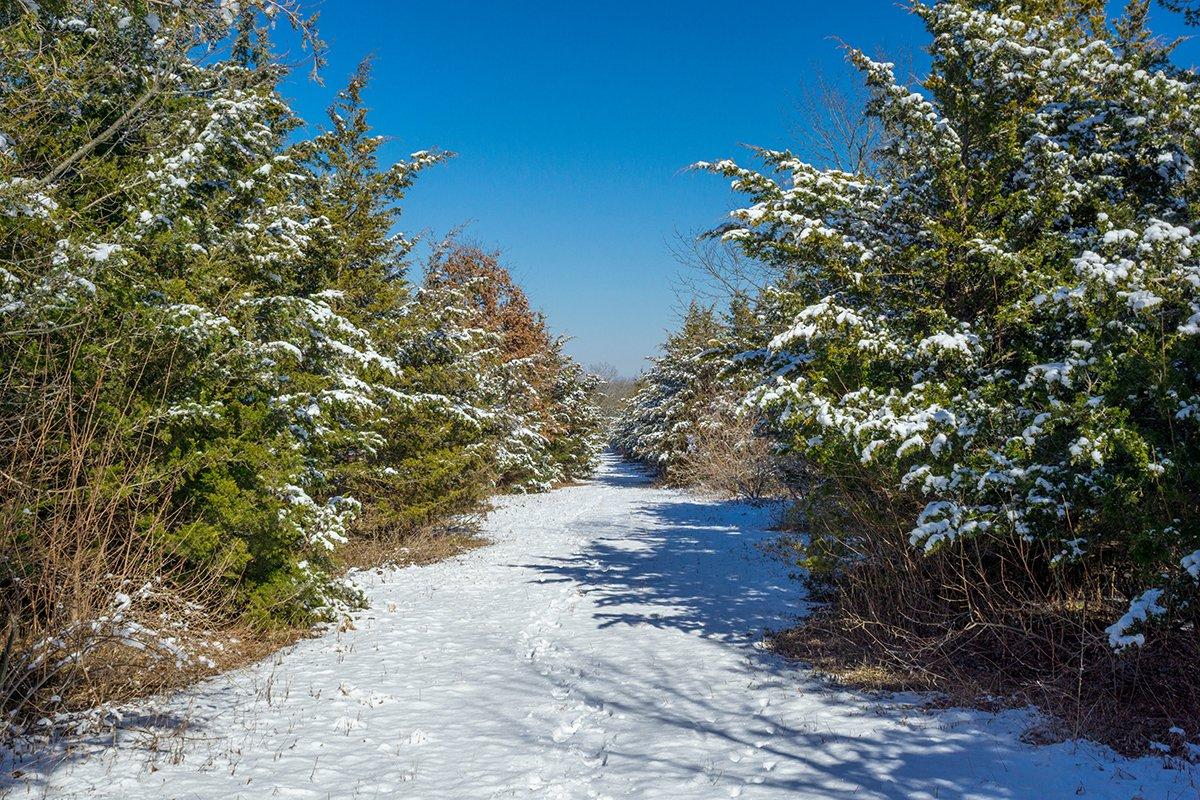
It's hard to beat a nice, dense cedar thicket. Deer love to bed in them. With the right configuration of other habitat to go with them, cedars can provide quality bedding.
If I can manage the ground I'm hunting by adding food plots or mineral sites, I like to focus on the edges of cedar thickets. If I can, I love to choose a nice, flat area inside of the cedars to plant a food plot. If there are deer bedding there, and the food plot is within 100 to 125 yards or so of the bedding area, the daylight activity will be much higher than you'd see elsewhere. Trim a cedar and tuck a stand in, and you're ready to go.
Terrain Tip: Cedars are great for minimizing your scent ‚ but still be aware of the wind.
Don't Miss: 7 Ways to Kill Bigger Deer on Small Properties
Image by Shutterstock / Circle N Light
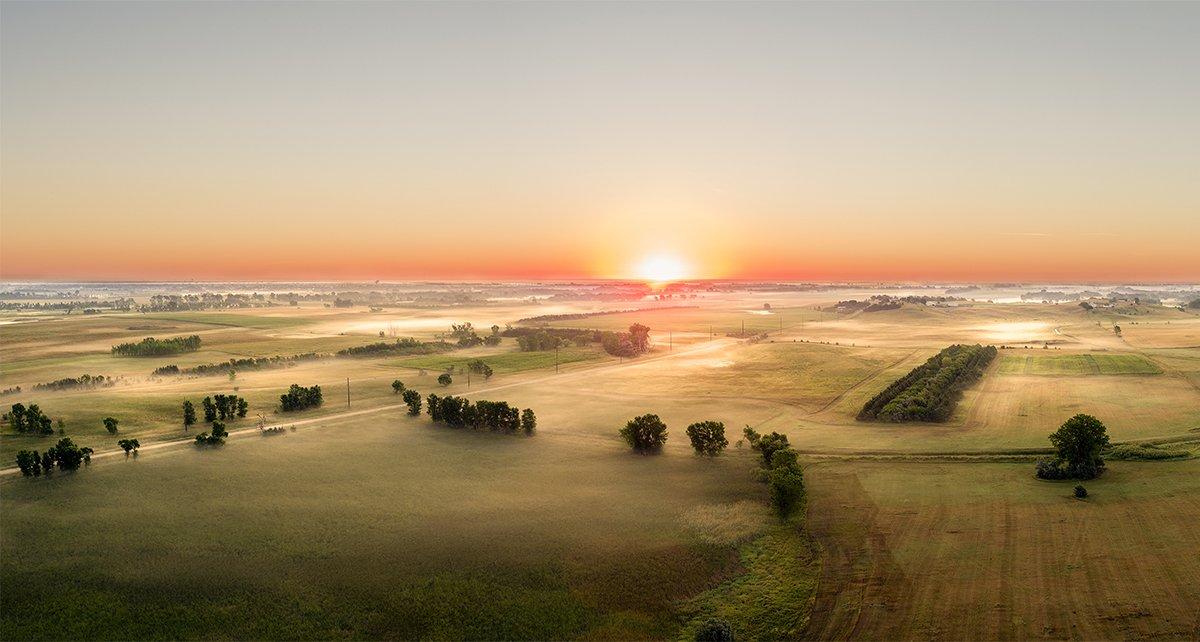
Out West, deer gravitate to lone trees and islands of trees. Find these out in the middle of grassy CRP or CREP fields. Or, locate islands of mature timber within bigger stands of smaller timber. It's the same concept. Simply put, deer like terrain edges.
Hunt the downwind sides of these and wait for deer to ease out of them during daylight. Out west, with fewer whitetail hunters, they'll often do just that.
Terrain Tip: Cut a trail into one of these areas and rake away all debris. This will leave you with an ultra-quiet approach. You'll need it, too, as deer will likely be bedded close.
Don't Miss: 5 Advanced Trail Camera Tactics
Image by Shutterstock / Patrick Ziegler
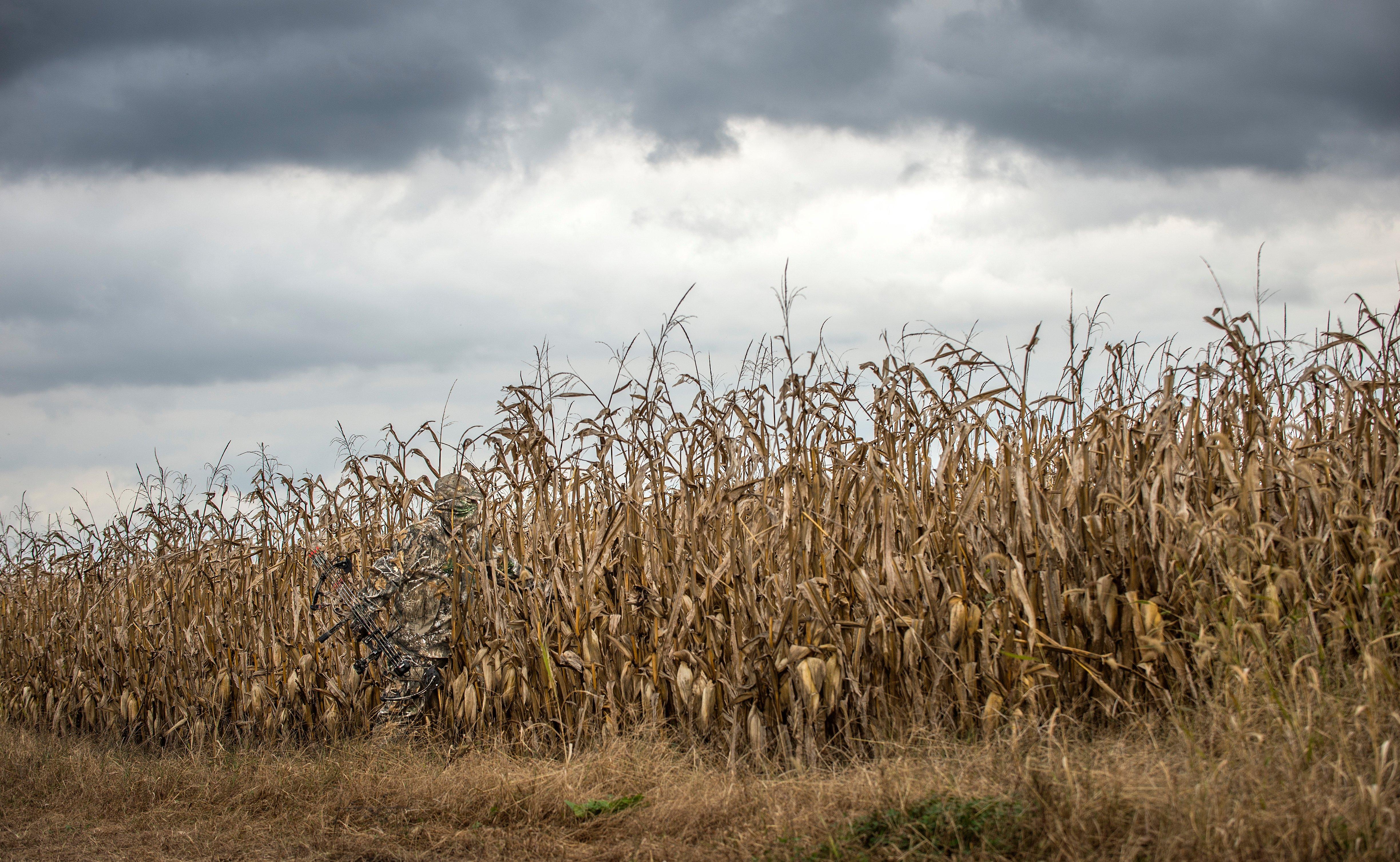
A lot of hunters forget about standing crops. I couldn't tell you the number of times I've watched a deer (even big deer) emerge from standing corn, soybeans, and milo. It happens ‚ a lot. It's very difficult to hunt these deer, but it isn't impossible.
Sometimes you can make a stalk. Other times, you can pattern them and determine where they most often emerge when leaving that area. Then, you can set up on the fringe and hope they mess up.
Terrain Tip: Hang treestands higher and within 10 yards of the trail so that you can shoot down into the vitals. Hang stands too low or far away from where the deer will likely travel and you may not get a shot opportunity with all of foliage in the way.
Buy Alert: EZ Bow Sling
Image by Bill Konway
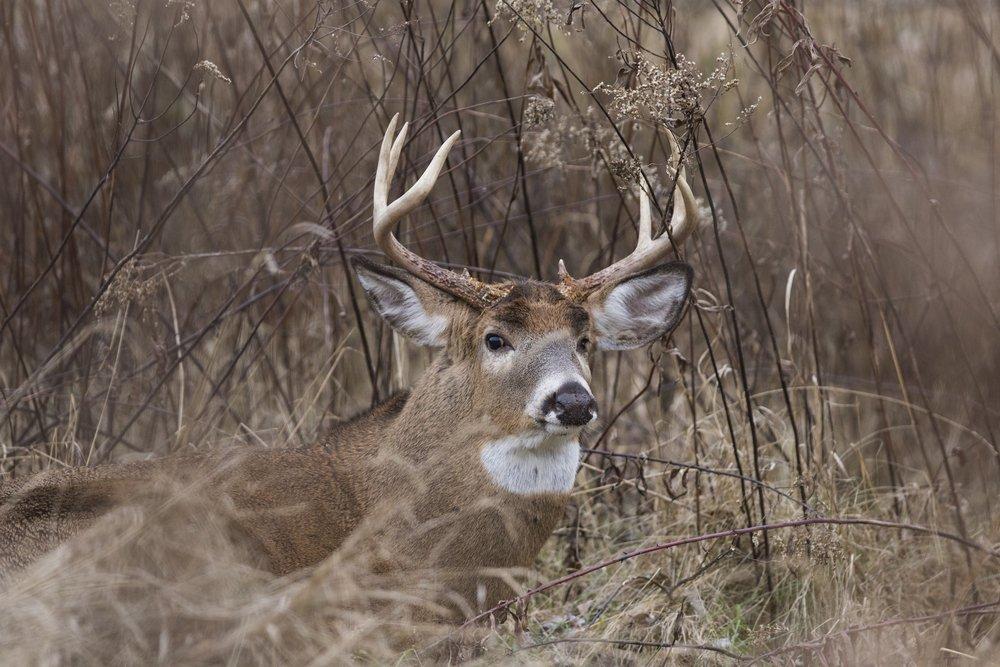
This is another type of bedding cover that deer (and many species of wildlife) gravitate to. There are two times I find deer focus on these areas the most. First, does migrate here while raising their young during the spring and summer. It's excellent fawning cover. Does also hit these fields to hide from bucks that are harassing them during the rut ‚ but the bucks know that, and come looking.
CRP is a gun hunter's wonderland. But it can be difficult to hunt large CRP fields with a bow. During the off-season, map out the network of trails to see how deer navigate the land. Then, if the CRP is bordered by timber, hunt the fringes where trails emerge. It's a surefire way to get up close and personal with a good deer.
Terrain Tip: Don't invade the CRP and CREP fields unless there are islands of trees where you can hang a stand and hunt.
Don't Miss: 3 Top States for DIY Big Buck Hunters
Image by Shutterstock / Mircea Costina
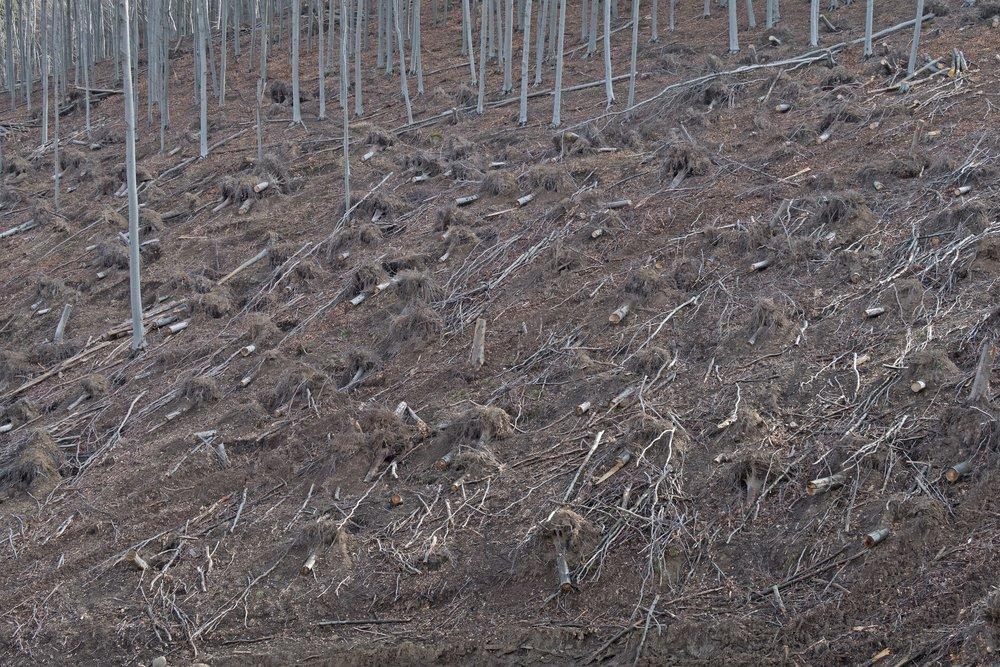
Cutover timber is a solid bedding-area option for deer. All of the thick, nasty branches and brambles left over from selectively harvested timber leaves a lot of room for deer to find shelter.
It can be very difficult to pinpoint where deer are laid up in this type of bedding cover. During the season, the best way to get an idea is to hang an observation stand on the edge as high as you can safely get it. Then glass and watch to see where deer are concentrated. While post-season scouting, you can do the same thing and walk trails to determine where you should focus.
Terrain Tip: It's easy to move debris around to direct deer movement. Create walls and barriers to block deer from going one direction while steering them in another. With the landowner's blessing, you can even clear a spot to plant a food plot.
Don't Miss: How to Kill Mountain Bucks
Image by Shutterstock / S. Kapuka
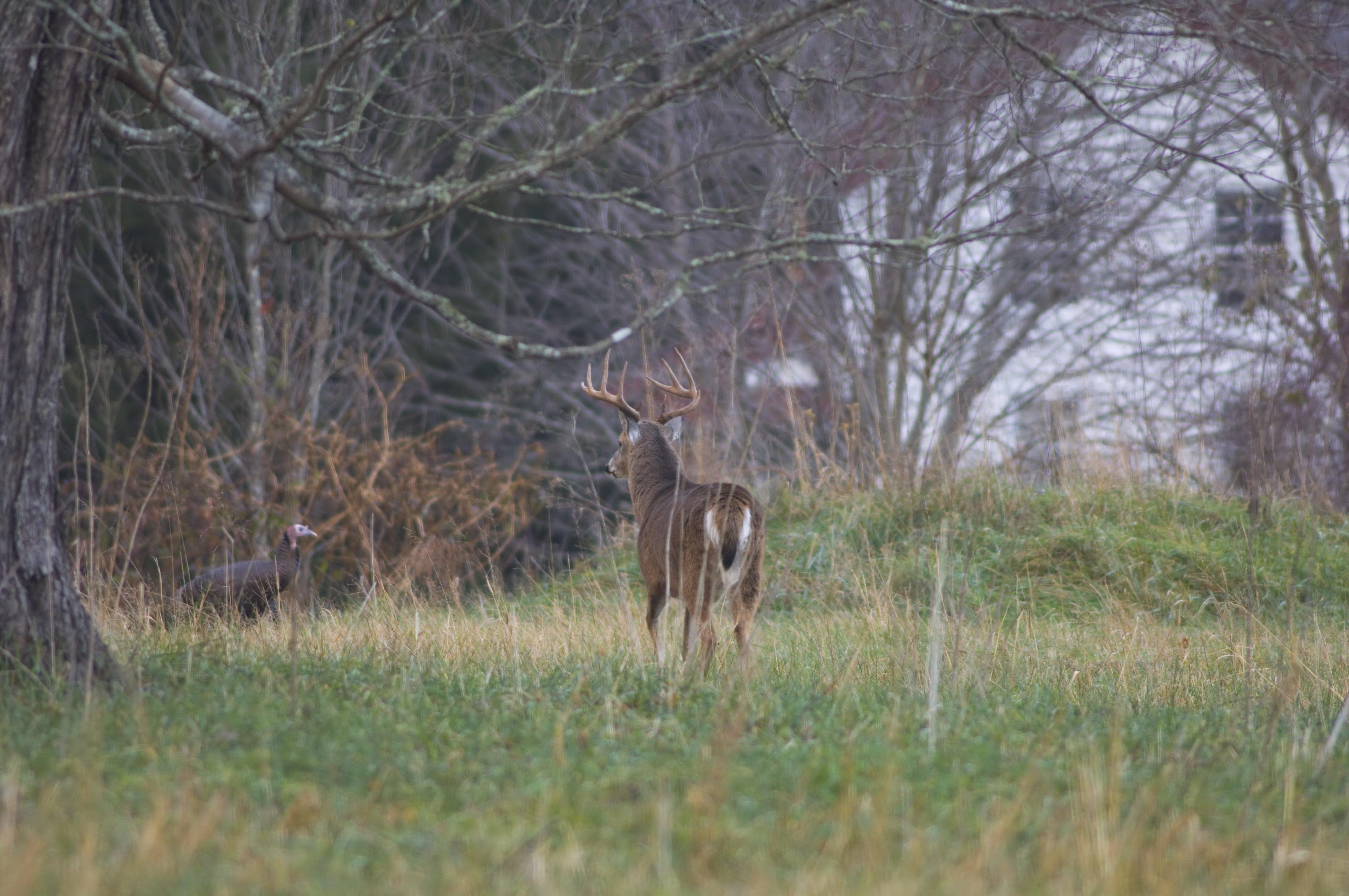
Deer are adaptive creatures. The more we destroy their habitat, the more they'll move into ours. That's why we're seeing such a large increase in suburban deer populations. In these populous places they can find food, water, and cover ‚ the three things they need to survive. They can usually escape hunting pressure, too.
Gun hunters are limited in most suburban areas. But bowhunters are primed to take advantage of these city deer. The biggest hurdle? Getting permission from the landowners. Clear that, and you're well on your way to filling a tag.
Terrain Tip: Look at aerial maps of urban and suburban areas. Try to find pockets of undeveloped land in and around town. Then look up contact information for the landowners.
Buy Alert: Realtree EZ Pac-Pole
Image by Shutterstock / Tony Campbell
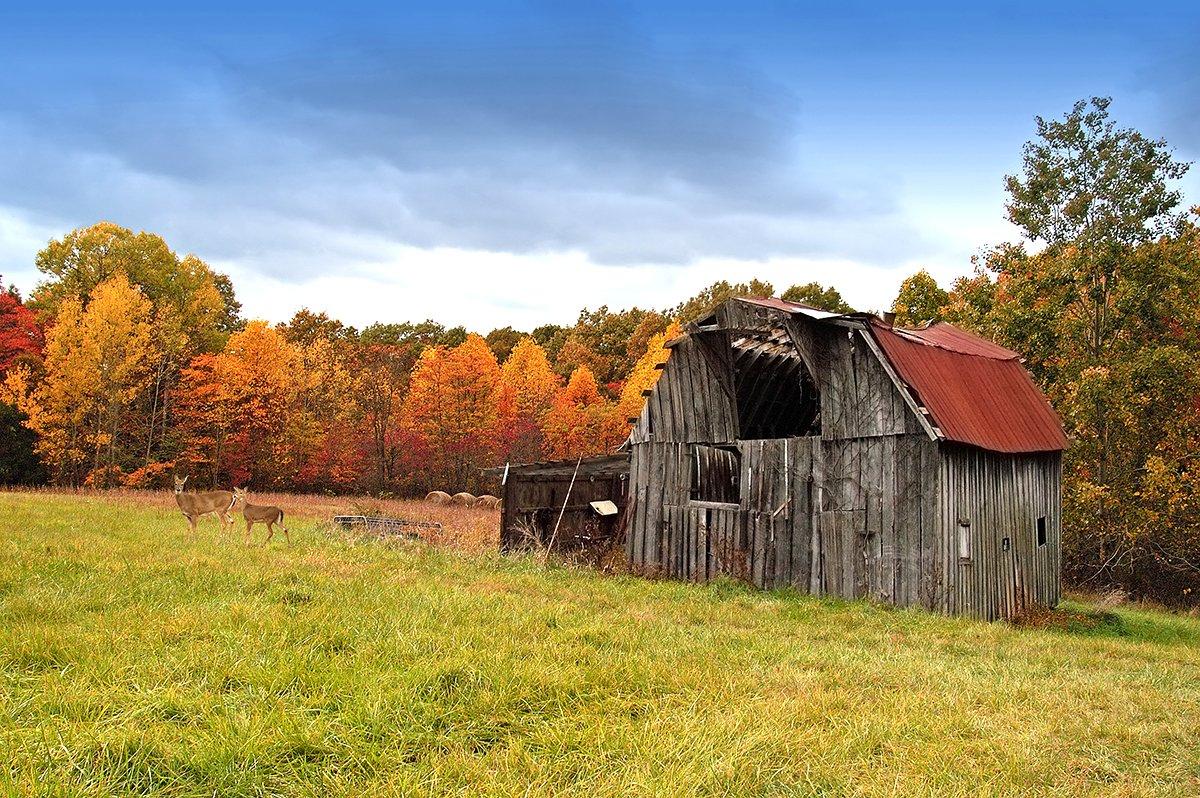
Deer seem to like old, rusty farm machinery and buildings. It's not uncommon to find deer bedded in and around homesteads that have early successional growth around them. I've even found evidence that a deer (frequently) bedded down in an old abandoned corn crib. It was filled with deer tracks and droppings. I guess that buck found a surefire way to get out of the wind and rain.
These locations can be a slam dunk. Deer love them. If used to your advantage, they help block a deer's line of sight as you walk along entry and exit routes. Hang a stand around these if you find enough deer sign. Or, hang a camera and see what's in the area. You might be surprised.
Terrain Tip: Ask landowners (private land) or property managers (public land) if they know of any places like this. If they do, have them point you in the right direction. Your hunting might benefit from it.
Don't Miss: 5 Weird Ways to Kill A Late-Season Buck
Image by Shutterstock / James Pierce
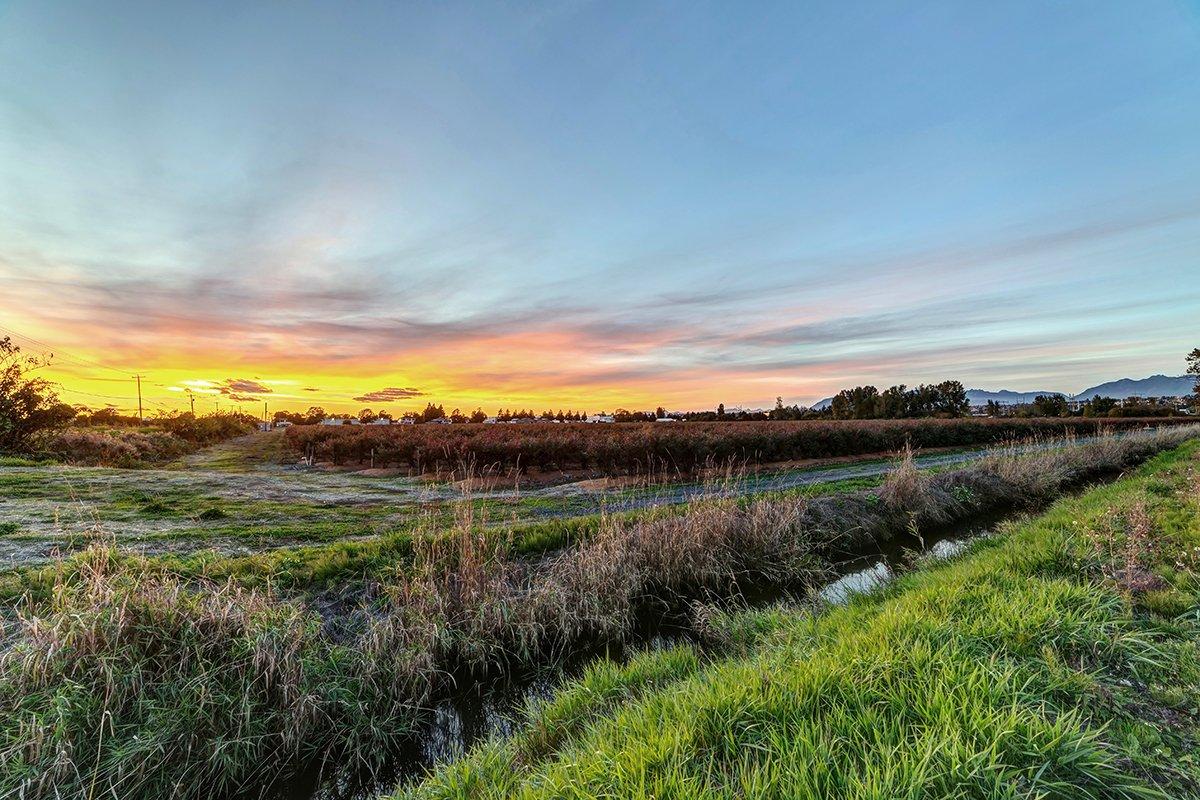
It's common for deer to bed down in ditch and drainage systems, especially in plains states like Kansas, Nebraska, Oklahoma, etc. Deer get out of the wind there and they also escape prying eyes. And generally, they can spot any predator that pops up over the bank before the predator sees them. It's a win-win for the deer.
It can be tough to hunt these deer. However, hunting major crossings, or hanging a stand looking down into a ditch can be a great way to capitalize on ditch deer. Here's why. Deer will use the crossing. And as deer often do, they'll not only bed in these ditches but travel up and down them as they move from point A to B.
Terrain Tip: Use an aerial map to pinpoint these areas. Find them, then walk the edges as you scan for trails, tracks, and other sign. Mark everything you find on a map or GPS so you remember where you located it.
Don't Miss: Micro Food Plots for Bow Season
Image by Shutterstock / James Chen
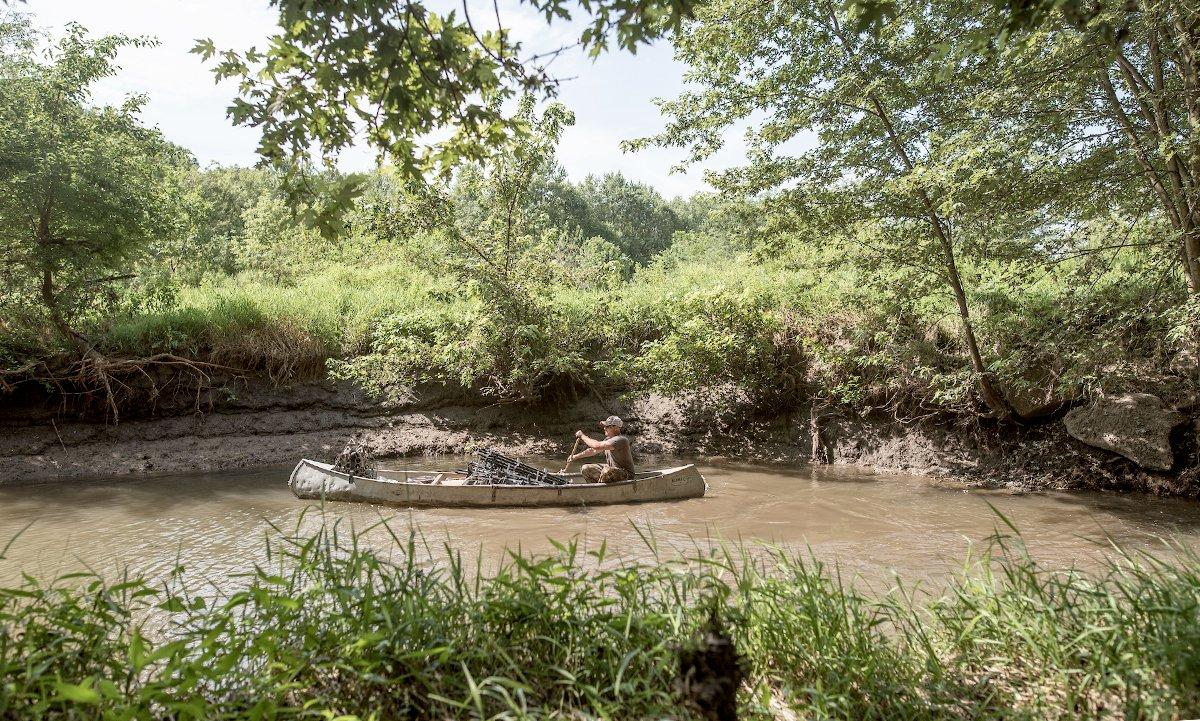
Older bodies of water often have large oxbows in them. Over time, these can even create islands of land in the middle of the creek or river. Big bucks recognize these areas as safe spaces, as predators (even hunters) often cower at the mere mention of water. Because of this, deer will bed on the island of cover and walk or swim through the shallowest portion to get to the mainland each evening.
The best way to hunt these? It depends on the size of the body of water. For small creeks, set up on the bank side where you think the deer will emerge. For rivers, kayak or cano to the island and set up on the edge. Just be careful to not spook the deer. Approach from the downwind side. Be silent throughout your approach. You must make it into the stand or blind without making a sound.
Terrain Tip: Go in and hang a stand during the offseason. Or, if the season is open, go in and hang the stand at night while the deer is out feeding.
Buy Alert: Realtree 7" Mini EZ Hangers 2-Pack
Image by Craig Watson
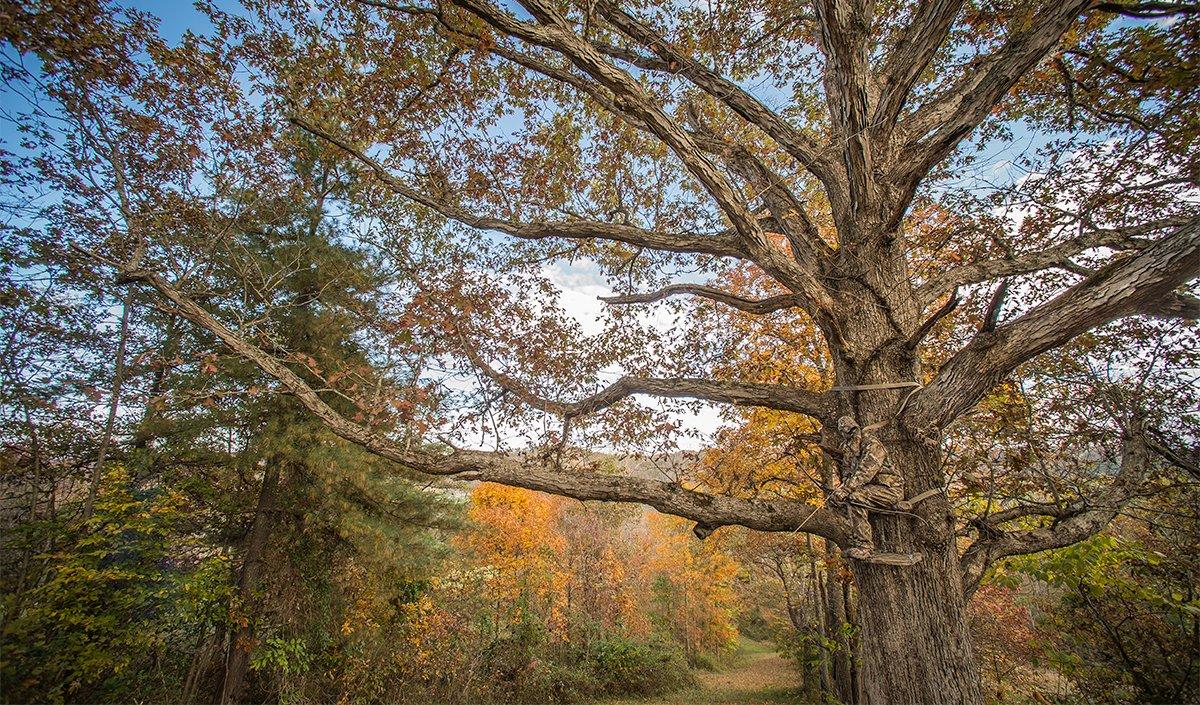
All 15 types of bedding cover mentioned here are great spots to find what you're looking for. That said, any type of edge habitat can produce. Deer are edge animals. Edge terrain is where they find most of their food, water, and cover. It's only natural that's where you'd find the most success.
Don't Miss: 20 Deer Hunting Lies Your Granddaddy Told You
Image by Bill Konway







